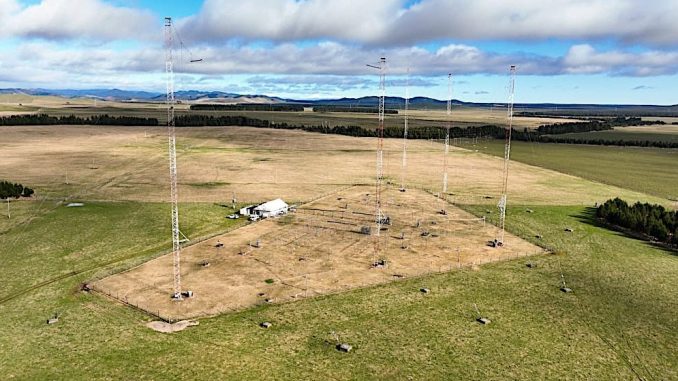
RNZ went live on Thursday with its new Pacific shortwave transmitter, replacing its old one that dates to 1989.
Pacific high commissioners and Foreign Affairs Minister Winston Peters met in RNZ House in Wellington to mark the launch, while another delegation from RNZ was at the transmitter site in Rangitaiki near Taupō.
“It was very important back then but it’s still seriously important now,” Peters said, referring to when RNZ Pacific started.
New Zealand and China are now the only two countries providing a shortwave service to the region, with Australia’s ABC pulling out in 2017.
RNZ has been broadcasting into the Pacific for the past 75-years using shortwave with the station RNZ Pacific launching in 1990.
“Shortwave is the most certain system there is to make sure that in a crisis, tsunami or cyclone, we can get through to them,” Peters said.
In a NZ$4.4 million project, RNZ has installed a new Swiss-made Ampegon shortwave transmitter, capable of both digital and analogue signal, to replace its old transmitter.
RNZ’s chief executive Paul Thompson said it is a significant infrastructure upgrade and secures the future of the RNZ shortwave service into the wider Pacific.
He said shortwave is still relevant despite there now being a multitude of ways to access content. “A lot of those [ways] rely on digital infrastructure, fibre links working, or local transmission assets, where shortwave beamed from New Zealand gets through to those communities.”
Thompson said the number of listeners is unknown and that a survey to find out how many people are listening, even if it was possible, would be prohibitively expensive. However, he said he knew people were listening, with RNZ Pacific journalists often finding listeners in the most remote locations.
This story first appeared on RadioInfo.asia
